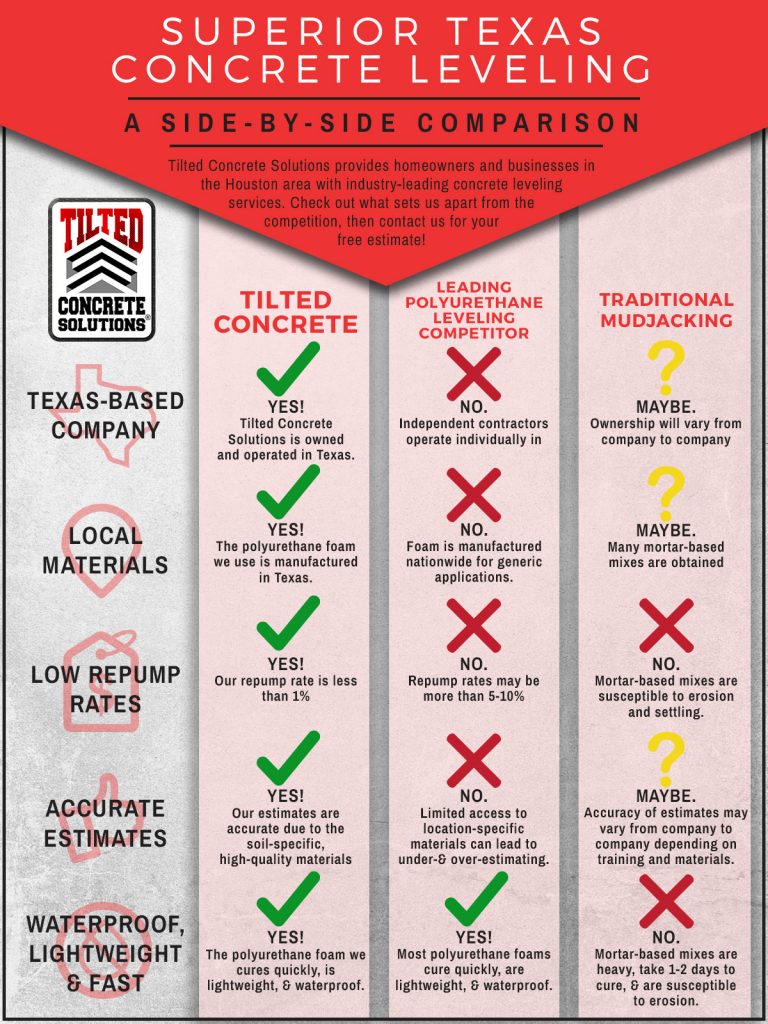Discover The Secrets To Attaining An Expert End Result In Your Exterior Paint Job By Recognizing The Impact Of Weather Variables
Discover The Secrets To Attaining An Expert End Result In Your Exterior Paint Job By Recognizing The Impact Of Weather Variables
Blog Article
Write-Up Written By-Mclean Morin
Comprehending just how weather can affect the result of an external painting undertaking is paramount for achieving a perfect coating. From temperature changes changing paint bond to moisture degrees impacting drying out times, each component of weather condition plays a considerable function in the success of your project. Additionally, wind rate and rainfall can introduce unexpected obstacles that may jeopardize the quality of the result. As we navigate through the subtleties of weather condition's effect on outside painting, it comes to be evident that careful preparation and tactical timing are essential for guaranteeing an expert and resilient end result.
Suitable Temperature Level Array for Painting
When thinking about external paint jobs, the excellent temperature level range plays a vital function in attaining ideal results. Paint in the appropriate temperature conditions guarantees that the paint adheres correctly to the surface, dries out equally, and treatments properly. Typically, the suggested temperature range for external paint is in between 50 to 85 degrees Fahrenheit.
Painting in temperatures listed below 50 degrees Fahrenheit can lead to problems such as poor paint attachment, extended drying out times, and an increased probability of breaking or peeling off.
On https://painter-near-me07382.blog2freedom.com/33886923/change-your-space-uncover-the-advantages-of-involving-professional-home-painters-for-your-home , painting in temperatures above 85 levels Fahrenheit can cause the paint to dry also rapidly, causing blistering, bubbling, and an unequal finish.
To achieve the very best outcomes, it is important to inspect the weather report prior to starting an exterior paint task. Ideally, purpose to paint during mild weather conditions with modest temperature levels and reduced humidity degrees.
Results of Moisture on Paint Drying
Moisture degrees dramatically impact the drying procedure of paint put on exterior surfaces. High moisture can prolong the drying time of paint, resulting in possible concerns such as leaking, spotting, or perhaps the formation of bubbles on the painted surface. Excess wetness in the air reduces the dissipation of water from the paint, impeding the healing process. This is especially troublesome for water-based paints, as they rely upon evaporation for drying.
On the other hand, reduced moisture degrees can also impact paint drying. Very completely dry conditions might create the paint to completely dry also quickly, resulting in inadequate adhesion and a rough surface. In such cases, including a paint conditioner or spraying a fine haze of water in the air can assist manage moisture degrees and boost the painting result.
To make certain optimum drying conditions, it is advisable to repaint when the moisture degrees range in between 40% and 50%.
Monitoring moisture levels and taking proper measures can help attain a smooth and long lasting paint coating on exterior surface areas.
Wind and Precipitation Factors To Consider
Wind rate and rainfall are crucial variables that substantially influence the success of an external paint task.
When https://www.hertsad.co.uk/lifestyle/property/5-tips-to-prep-surfaces-in-your-home-before-painting-5026340/ concerns wind, both speed and instructions are essential considerations. High wind speeds can cause paint to dry too quickly, resulting in a subpar finish with prospective issues like splitting or irregular appearance. In addition, wind can bring particles that might abide by the damp paint, resulting in flaws. For that reason, painters must intend to deal with days with light to moderate winds for optimum paint conditions.
On the other hand, precipitation, whether rain or snow, can be incredibly damaging to the result of an outside painting task. Wetness from precipitation can hinder paint adhesion, causing peeling and bubbling over time. It is vital to stay clear of painting during rainy or snowy weather to ensure the durability and high quality of the paint work. Painters must also enable ample time for the surface to completely dry thoroughly after any kind of rainfall prior to commencing or returning to the painting process.
Conclusion
To conclude, weather play a substantial function in the result of an external paint project. The excellent temperature variety, humidity degrees, wind rate, and precipitation all contribute to the success or failure of the paint work.
It is necessary to consider these variables and plan accordingly to guarantee correct paint attachment, drying out times, and general high quality of the ended up item.
